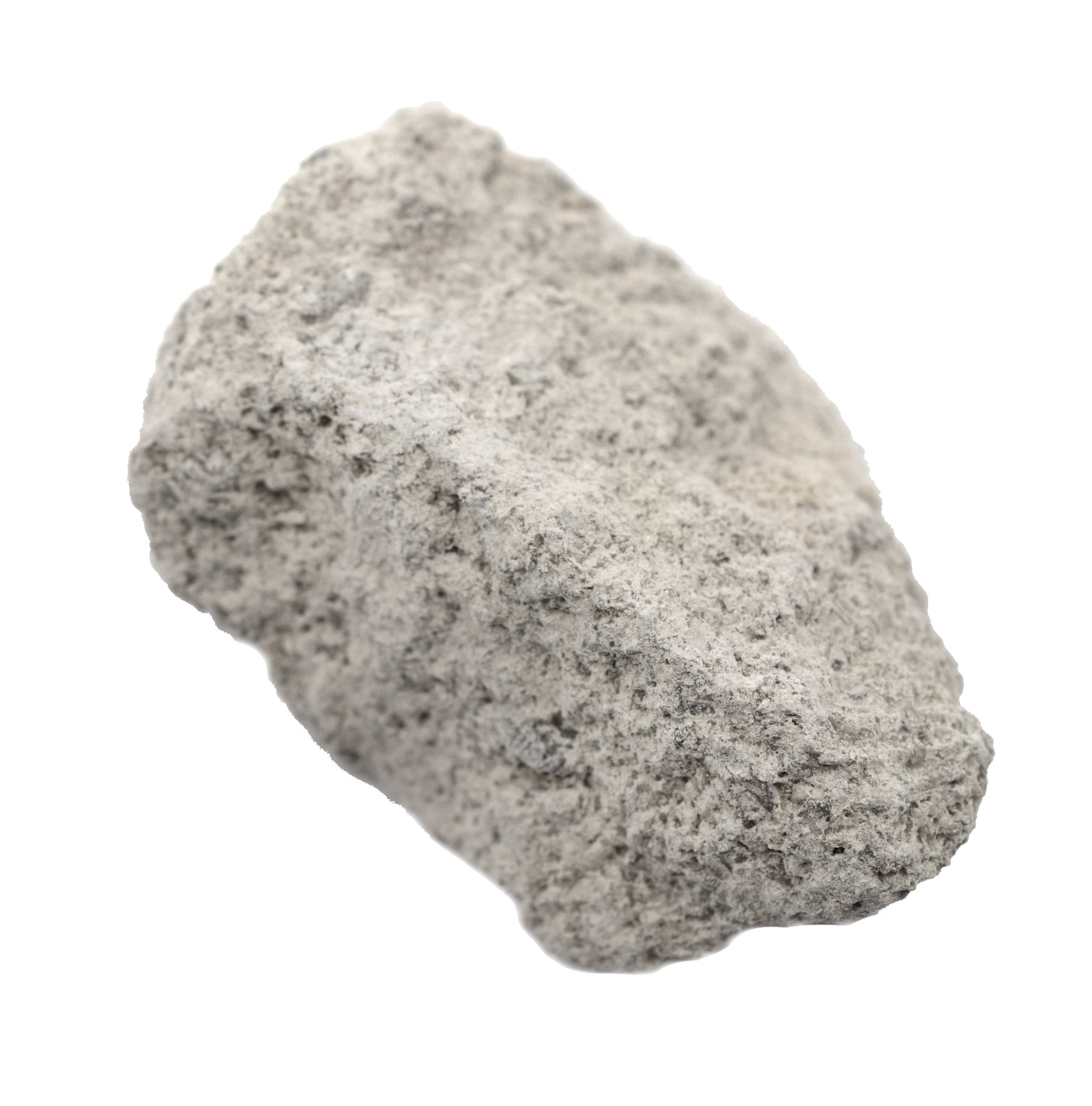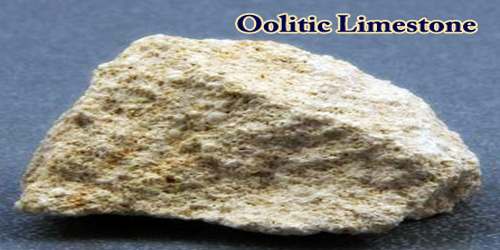

When we have to compare Limestone vs Oolite, the texture, color and appearance plays an important role in determining the type of rock. You can also check out the list of all Sedimentary Rocks. The mineral content of Limestone includes Calcite, Chert, Clay, Dolomite, Quartz, Sand, Silt and mineral content of Oolite includes Calcite, Chert, Clay, Dolomite, Quartz, Sand, Silt. The composition of Limestone and Oolite consists of mineral content and compound content. The life cycle of a rock consists of formation of rock, composition of rock and transformation of rock. Here you can know more about Limestone and Oolite. The uses of Limestone in construction industry include Cement manufacture, Cobblestones, For road aggregate, Production of glass and ceramics, Raw material for the manufacture of mortar, Roadstone, Source of calcium and that of Oolite include Cement manufacture, Cobblestones, Landscaping. Due to some exceptional properties of Limestone and Oolite, they have various applications in construction industry. The interior uses of Limestone include Decorative aggregates and Interior decoration whereas the interior uses of Oolite include Decorative aggregates, Flooring and Interior decoration. Learn more about Limestone vs Oolite in the next section.

Also you can check about Properties of Limestone and Properties of Oolite. Limestone vs Oolite characteristics assist us to distinguish and recognize rocks. Characteristics of rocks include texture, appearance, color, fracture, streak, hardness etc. A distribution pattern for oil inclusions in the Great Oolite indicates migration was mainly in the western part of the basin and initially into pre-Late Cretaceous traps.Though some rocks look identical, they have certain characteristics which distinguish them from others. The construction of burial history diagrams that incorporate fluid inclusion and maturation data shows that oil migration was during the Late Cretaceous. Inversion of the basin was a later event. The results of geothermometry studies show that the precipitation of calcite cements occurred at depth, near maximum burial, and, at certain locations, was synchronous with oil migration. Our interpretation is that the limestones were stabilized early in a mixing zone between freshwater and marine phreatic environments.Ĭoarse calcite spar in the Great Oolite contains aqueous and oil inclusions. Limestones in the producing interval of the Great Oolite at 1 Storrington contain zoned syntaxial cements, are generally high in magnesium content, and have stable isotope compositions that indicate the involvement of marine waters (relatively heavy δ 18O). Exploration in the Great Oolite, therefore, must seek diagenetic fairways wherein primary porosity has been preserved. Locally, porosity may be largely occluded by coarse calcite spar, which fluid inclusion studies show precipitated in the deepburial environment. For all wells studied, porosity in Great Oolite grainstones and packstones ranges between 3 and 20%, and there is no relation between porosity and lithology. Secondary porosity is of little significance. The Storrington discovery is of note because the porosity in reservoir grainstones and packstones is largely primary and averages 19.4%, the highest value yet found for the Great Oolite.

Additional production was discovered (150 STBOPD, 42° API) in 1986 at the Conoco 1 Storrington well. Oil is produced from the Middle Jurassic Great Oolite Limestone in the western Wealden basin, England.


 0 kommentar(er)
0 kommentar(er)
